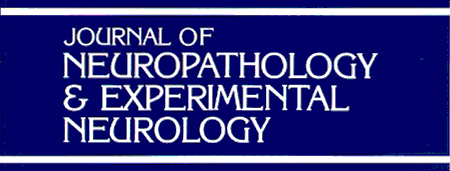
“A significant proportion of neonatal and childhood seizures are poorly controlled by existing anti-seizure drugs (ASDs), likely due to prominent differences in ionic homeostasis and network connectivity between the immature and mature brain. In addition to the poor efficacy of current ASDs, many induce apoptosis, impair synaptic development, and produce behavioral deficits when given during early postnatal development.
There is growing interest in new targets, such as cannabidiol (CBD) and its propyl analog cannabidivarin (CBDV) for early life indications. While CBD was recently approved for treatment of refractory childhood epilepsies, little is known about the efficacy or safety of CBDV.
Here, we addressed this gap through a systematic evaluation of CBDV against multiple seizure models in postnatal day (P) 10 and 20 animals. We also evaluated the impact of CBDV on acute neurotoxicity in immature rats.
CBDV (50-200 mg/kg) displayed an age and model-specific profile of anticonvulsant action.
Finally, CBDV treatment generally avoided induction of neuronal degeneration in immature rats.
Together, the efficacy and safety profile of CBDV suggest it may have therapeutic value for early life seizures.”
https://www.ncbi.nlm.nih.gov/pubmed/30633929
https://www.sciencedirect.com/science/article/pii/S0028390818306786?via%3Dihub

 “The endogenous
“The endogenous 






